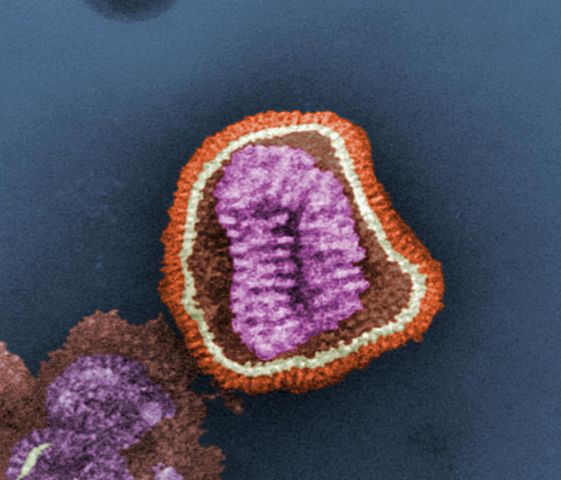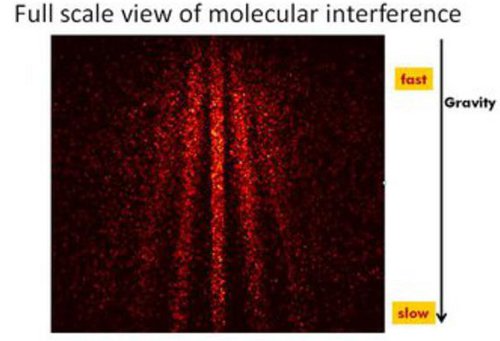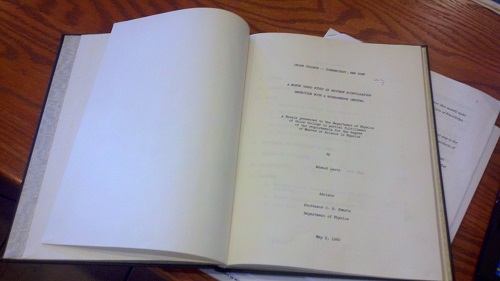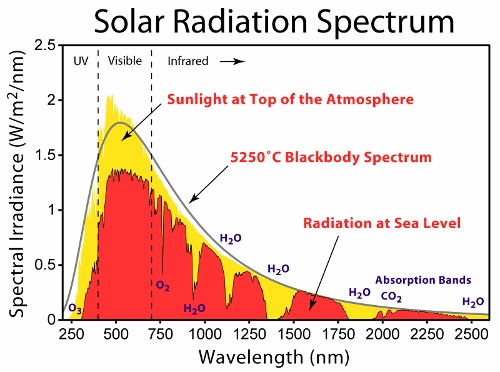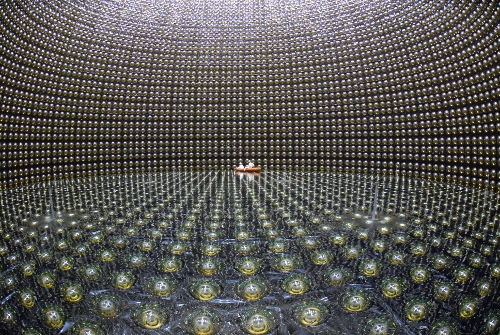The Twitter conversation that prompted yesterday’s post about composite objects was apparently prompted by a comment somebody made about how a virus left alone would see its quantum wavefunction spread out on a time scale of minutes. This led to wondering about whether a virus could really be considered a particle that would move as […]
